Blue Princess Holly
$44.50 Original price was: $44.50.$31.15Current price is: $31.15.
- Free Shipping over $25
- Fast & reliable delivery options
- Enjoy top quality items for less
- Multiple safe payment methods

There are many factors that can affect your choice of the perfect shrub or small tree; hardiness, size and soil preferences are all things that you will need to consider. However perhaps the most important is appearance; you want the result of your efforts to be a plant that’s attractive for as much of the year as possible. This makes holly bushes among the leading options, because they’re very appealing in a number of ways. Glossy foliage and an easily modified shape combine to create a very ornamental bush, and in fall and winter the famous red berries are an extra splash of color that will brighten your garden as you approach the festive season.
The Blue Holly (Ilex meserveae) is a particularly pleasing variety, which grows to the perfect size for use as a boundary or an impressive centerpiece in its own right. The holly family is found throughout the world’s temperate zones and there are many naturally occurring species. Wild hollies range from quite small bushes to trees that can reach to over 80 feet in height. Since it became popular as a garden plant many more hybrids have been created, and Blue Princess is one of them.
Growing Blue Princess Holly
Blue Princess is an upright, evergreen shrub. It’s slow growing but will eventually mature into a small tree between 10 and 15 feet high, and spreads to between 8 and 10 feet wide. Holly bushes are usually very dense, with spreading branches thickly covered in leaves with their characteristic spined edges. The leaves of Blue Princess are a dark, glossy blue-green color which contrasts nicely with the purplish tone of the stems. In spring the dark foliage is brightened by small, subtle white flowers; these aren’t showy but do add an extra touch of interest. Blue Princess really comes into its own in fall though. Where the tiny flowers were, a prolific crop of bright red berries will grow and persist through the winter.
Hardiness
Like most holly, Blue Princess is a fairly hardy plant and can do well anywhere in USDA plant hardiness zones 4 to 7. Extreme winter conditions in the northern Midwest and New England will probably be too harsh for it and it doesn’t like arid regions but across most of the continental USA it’s usually possible to find a good spot.
Planting Location and Soil Conditions
Look for somewhere with full sun or part shade; Blue Princess likes to get at least some sunlight during the day. It also prefers well drained but moist soil. It is tolerant of soil type though; either light and sandy or heavy clay will do. For the best results find a spot with medium soil that’s acidic and biologically rich; that will do wonders for both foliage and berries. One point to note is that Blue Princess is a female plant; to get berries you’ll need to have one of the companion variety, Blue Prince, nearby. Blue Prince doesn’t produce berries but a single plant will fertilize nine to ten Blue Princesses within a 400 foot radius. Related varieties like Blue Stallion will also serve this purpose.
Pruning and Trimming
The natural form of Blue Princess is broad and upright, making it ideal for situations where you want to plant a small but striking tree. It can also handle a lot of pruning, so if you want a dense hedge that will give you privacy, shelter you from wind with its dense foliage and create a prickly barrier for intruders a row of these plants will do the job very well. The same characteristics make it a good choice for foundation planting, and its attractive coloring means it’s a great accent plant too.
Pests and Diseases
There are few serious pest or disease problems with this plant. If soil acidity is too low it may suffer from chlorosis – the leaves will turn yellow while the veins remain green. Holly leaf miners, scale and mites can also be an issue, so check occasionally for any signs of insect damage. Most gardeners have few or no problems though; this really is an easy tree to grow and requires little maintenance. It’s also tolerant of air pollution, which is good news if you live in the city.
More About the Blue Princess Holly Bush
We can’t talk about a holly tree without mentioning its traditional associations with the holiday season. The clusters of red berries are holly’s most recognizable feature, and for centuries they’ve been part of Christmas decorations. With a Blue Princess in your garden you won’t need to buy expensive holly wreaths anymore; you can trim berry-laden twigs from the garden and weave your own, or add them to commercial wreaths to give them more color and interest.
The berries aren’t just useful as decoration though. Through the cold months they’re a valuable food source for many birds, so you’ll always have avian company too look at in winter at the same time as your holly contributes to the local ecosystem. Blue Princess is a shrub that’s as practical as it is attractive, and if you have the right climate you won’t regret having one or more in your garden.
Be the first to review “Blue Princess Holly” Cancel reply
Related products
Evergreen Trees
Cypress Trees
Evergreen Trees
Cedar Trees
Evergreen Trees
Evergreen Trees
Evergreen Trees
Arborvitae Trees


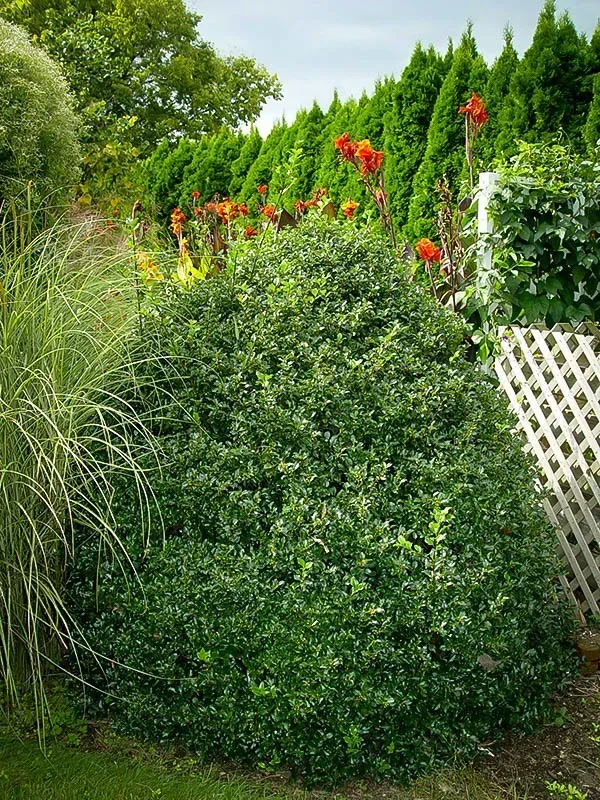
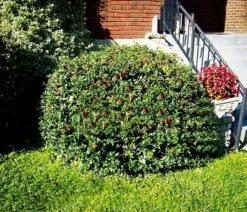

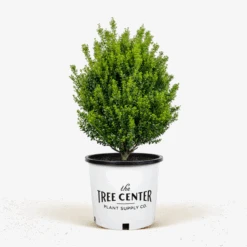



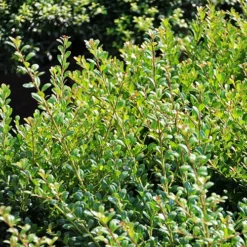
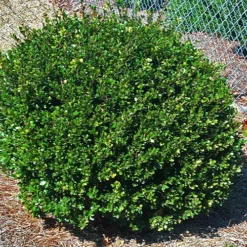



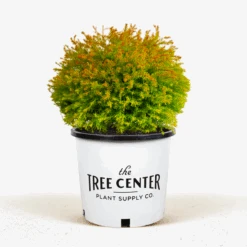
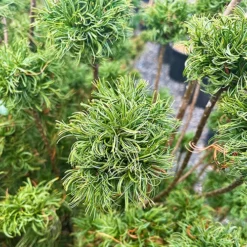
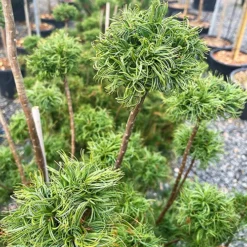
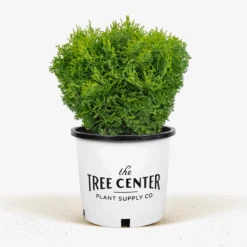
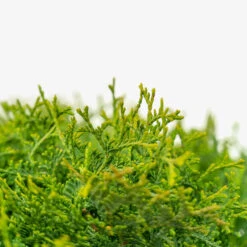

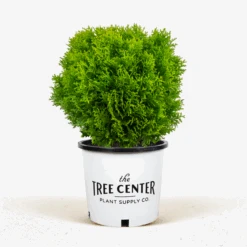
Reviews
There are no reviews yet.